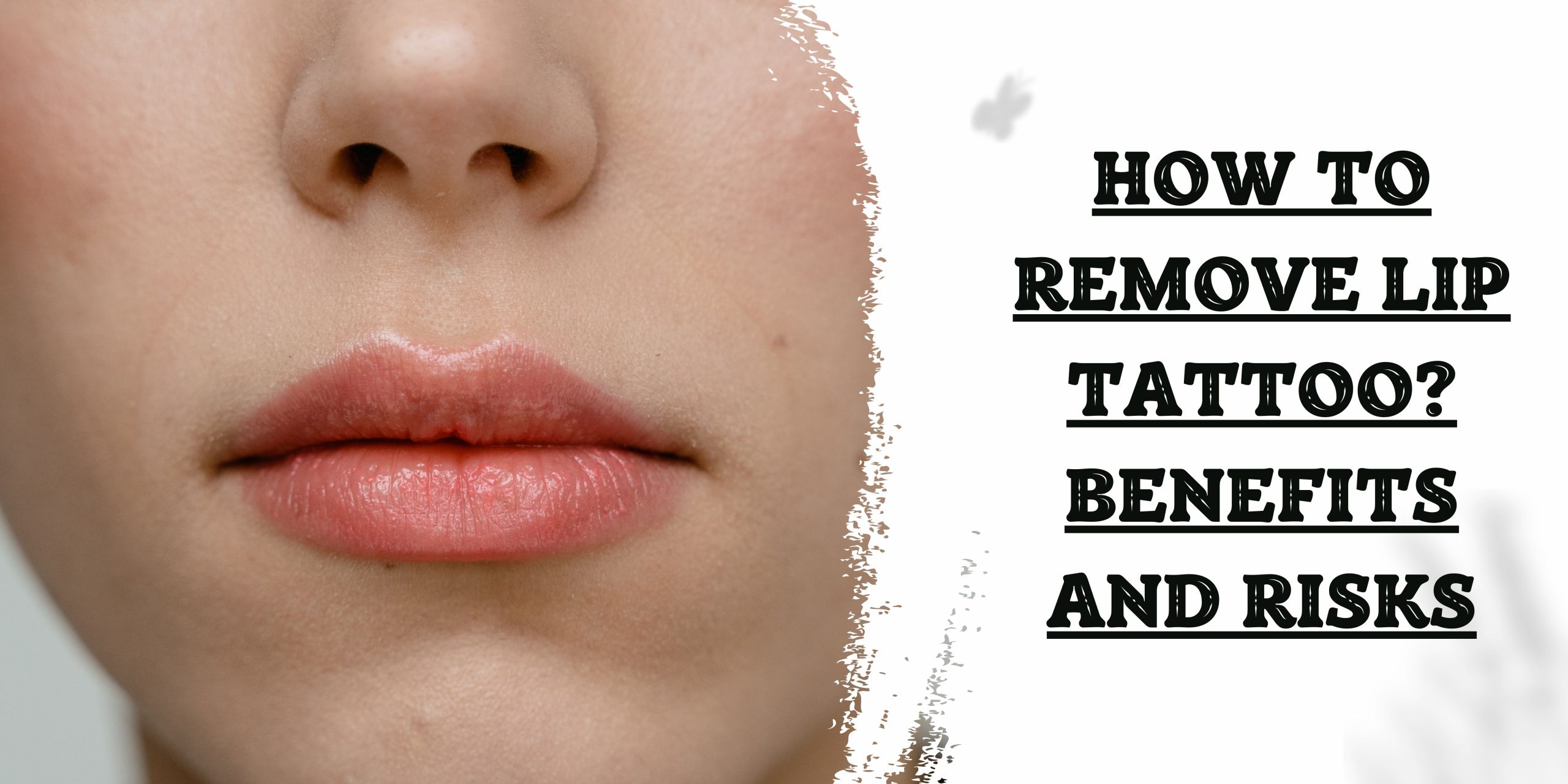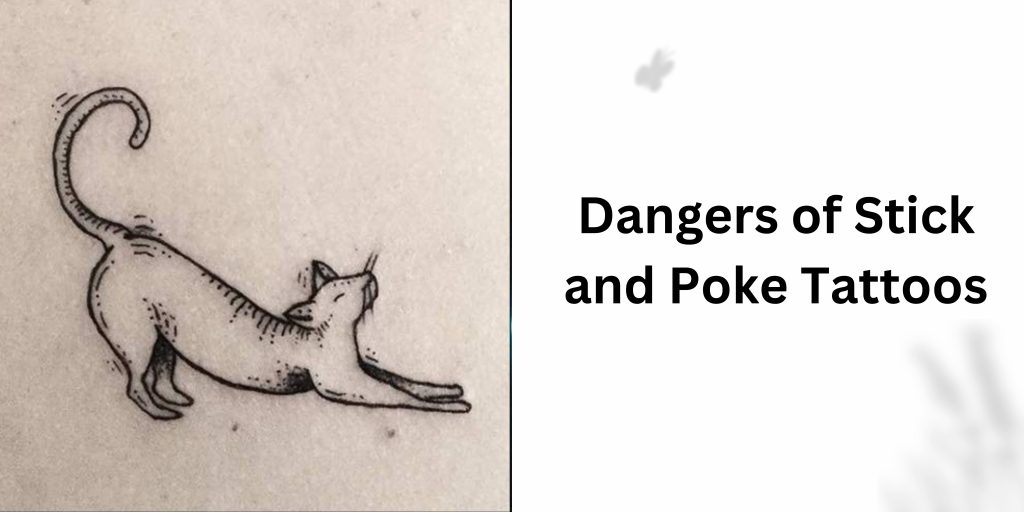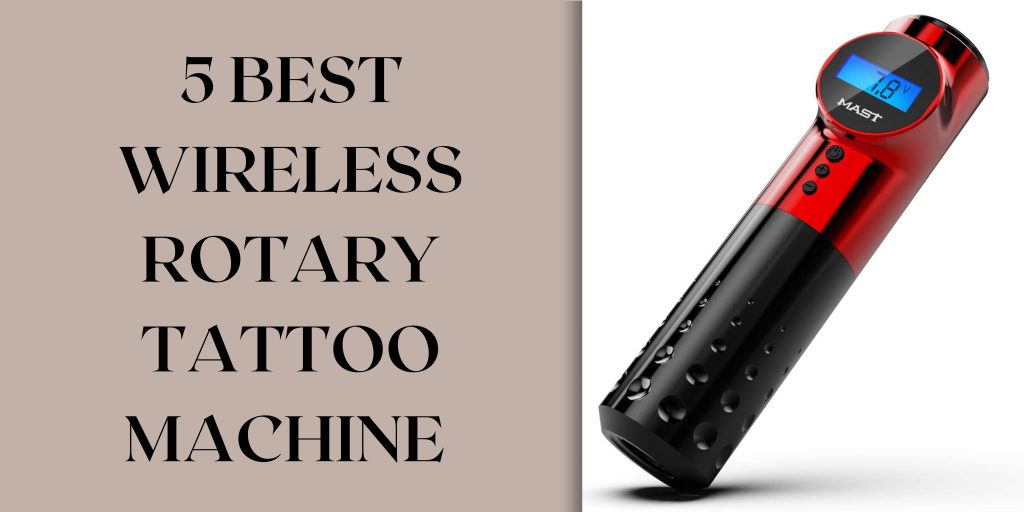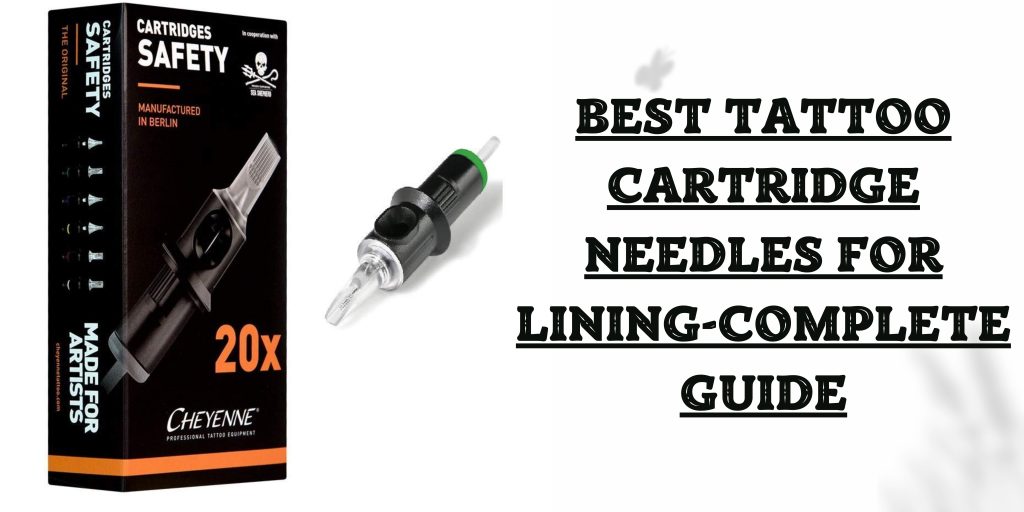Lip tattoos are a popular form of cosmetic enhancement that involves the application of pigment to the lips to give them a more defined shape and fuller appearance, or to add colour. While they may seem like a convenient and permanent solution to achieve your desired look, it is important to note that they are still tattoos and therefore, can be difficult to remove. In this article, we will discuss how to remove lip tattoos, the potential risks of getting a lip tattoo, and the steps to take to prepare for lip tattoo removal and aftercare.
What is a Lip Tattoo?
A lip tattoo is a type of cosmetic tattoo that involves the application of ink to the lips. This process is similar to getting a traditional tattoo, where a needle injects ink into the skin. Lip tattoos can be used to enhance the shape and colour of the lips, and they can last for several years.
Benefits of Lip Tattoos

Long-lasting results:
Lip tattoos can last for several years, which means you can enjoy your new look for an extended period of time.
Convenient:
With a lip tattoo, you can wake up with perfectly defined and coloured lips every day without the need to apply lipstick or lip liner.
Customizable:
You can choose the colour and shape of your lip tattoo to suit your preferences and create the look you want.
Safe:
When done by a trained professional, lip tattoos are generally safe and pose no major health risks.
Read More: Become a Laser Tattoo Removal Technician
How to Remove Lip Tattoos
While lip tattoos are designed to be long-lasting, sometimes you may want to remove them. Here are some ways to remove a lip tattoo
Laser Removal:
Laser removal is the most common and effective method of removing a lip tattoo. It involves using a laser to break down the ink particles in the skin, which are then absorbed by the body’s immune system. This process usually requires multiple sessions, and the number of sessions required will depend on the size and colour of the tattoo.
Surgical Excision:
In some cases, surgical excision may be necessary to remove a lip tattoo. This involves cutting out the tattooed skin and then suturing the area closed. This method is generally reserved for larger tattoos that are difficult to remove with laser treatments.
Chemical Peel:
A chemical peel involves the application of a chemical solution to the skin, which causes the top layer of the skin to peel away. This method can be effective for removing superficial lip tattoos, but it may not be suitable for all skin types.
Saline Solution:
A saline solution can be injected into the skin to help break down the ink particles in a lip tattoo. This method can be effective, but it may require multiple sessions to see results.
Potential Risks of Lip Tattoos
While lip tattoos can be a safe and effective way to enhance your appearance, they do come with some potential risks. Some of these risks include
Infection:
If proper hygiene and sterilization procedures are not followed during the tattooing process, there is a risk of infection.
Allergic reactions:
Some people may be allergic to the pigments used in lip tattoos, which can cause an allergic reaction.
Scarring:
In rare cases, lip tattoos can cause scarring or permanent discolouration of the skin.
Fading and Blurring:
Over time, lip tattoos can fade and blur, resulting in an uneven or unsightly appearance.
Preparing for Lip Tattoo Removal
Before undergoing lip tattoo removal, it is essential to prepare properly to ensure the best possible outcome. Here are some steps you can take to prepare for lip tattoo removal
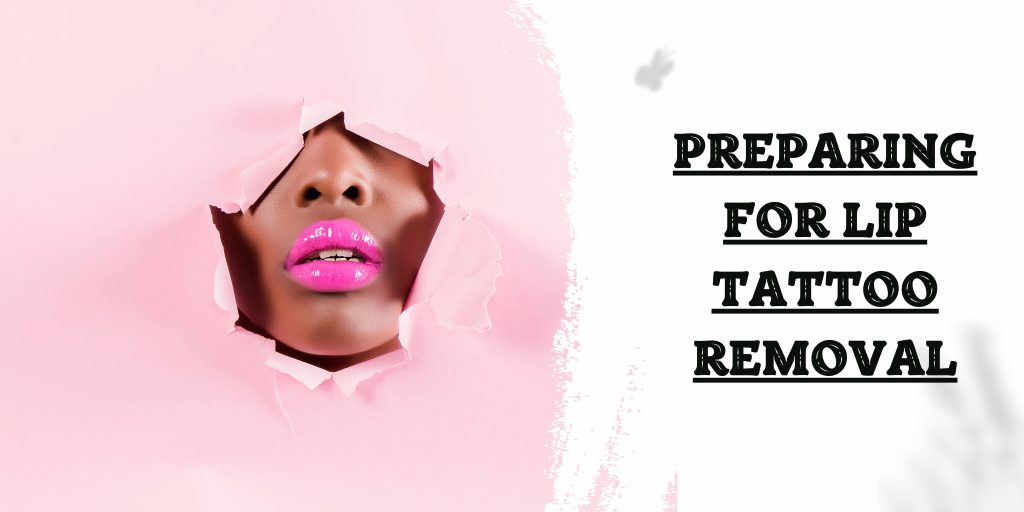
Research:
Before choosing a removal method or provider, do your research. Look for qualified and experienced professionals who specialize in tattoo removal.
Consultation:
Schedule a consultation with your chosen provider to discuss the best removal options for your specific case. This is also a good time to ask any questions you may have about the procedure and aftercare.
Avoid Sun Exposure:
In the weeks leading up to your removal treatment, avoid sun exposure and tanning beds, as this can cause the skin to become more sensitive and may affect the success of the treatment.
Avoid Blood Thinners:
If you are taking any blood-thinning medications, such as aspirin or ibuprofen, stop taking them a few days before your treatment to reduce the risk of bleeding or bruising.
Stay Hydrated:
It is essential to stay hydrated in the days leading up to your treatment to help your body heal properly after the removal procedure.
Conclusion
lip tattoos can be a convenient and long-lasting way to enhance your appearance, but they can also be difficult to remove. If you decide to remove your lip tattoo, it is important to choose a qualified and experienced professional and to follow proper preparation and aftercare procedures to ensure the best possible outcome. While the removal process can be painful and uncomfortable, it is worth it to achieve the look you desire. Remember, proper research, consultation, and aftercare are crucial to the success of lip tattoo removal.

